Policy making in the Netherlands[i]
From 2003 onwards, creative industries slowly gained attention of politicians and policy makers in the Netherlands: creative industries as a sector was recognized as one of the key areas of the Dutch economy. First support and policy experiments started in 2005.
In the years after from 2007 first national initiatives arose. Large national research programmes were started in the areas of games & ICT (GATE), cultural heritage & ICT (CATCH), and design (CRISP). Next to research, creative platforms were initiated, such as PICNIC and the Dutch Design Week, organizing the sector and representing a broad creative network and as such communication channel for policy makers.
PICNIC Festival[ii]
“The international PICNIC Festival in Amsterdam (2006-2012) was an annual event taking place in September in Amsterdam. Three full days of information, inspiration, collaboration, co-creation and entertainment. PICNIC was for six years a leading platform for innovation and creativity. It functioned as an incubator and accelerator for game changing ideas, concepts, products and services.
PICNIC addresssed the mega trends of our time and explores how to creatively apply technology in order to meet business, social and environmental challenges. PICNIC is now an international worldwide event, with recent editions in Mexico and Brazil.”
In 2011 the Dutch government supported nine topsectors, including creative industries. National strategic research agendas were developed, next to policy on human capital development and internationalization strategies. Crossovers were actively stimulated by the topsector Creative Industries since 2015. In 2019 all topsectors in the Netherlands, including creative industries, started active collaboration on societal challenges: energy transition and sustainability, agriculture, water and food, health and care, and safety.
Market failure and policy instruments
One of the challenges in government support and policy making is that policy instruments have mainly been based on (applied) research. When support comes close to the market this would not be allowed anymore because of (illegal) state aid. So-called ‘technology-readiness levels’ (TRL) are widely used to determine whether aid can be legitimate. However, discussion is ongoing about the usage of TRL in different (non-technology) contexts.
The Dutch organization for scientific research (NWO) every two-years develops calls and instruments, based on strategic research agendas from the topsectors. Furthermore, both the Ministry of Economic Affairs and the Ministry for Education, Science and Culture have developed instruments for amongst others networking- and coordinating activities.
Next to generic instruments, some instruments are geared at a specific group, such as the instrument UPSTREAM[iii]. UPSTREAM supports collaboration between performers, producers and designers, working on new applications in design of visual culture and technology in music. Another experimental instrument is IDOLS, supporting crossovers and collaboration in consortia working on solutions for societal challenges.
IDOLS[iv]
“IDOLS* (Increasing Demand by Offering LearningS) has been developed in the context of the labor market agenda for cultural and creative industries. An instructing party or client experiences in what manner creative professionals contribute to societal challenges. At the same time the creative professional learns in what way collaboration in consortia proves to be successful for all parties.
The good practices derived from these projects showcases successful collaboration, inspires, and supports the position of creative professionals and thus the competitive edge from the cultural and creative sector. The societals challenges are complementary to Dutch government policy priorities, such as safety, health and care, energy transition and sustainability, agriculture, water and food.”
European instruments
At a European scale, the European Commission supports Cultural and Creative Industries for many years already. Creative Europes is a European framework program aimed at the cultural and audiovisual sectors. Creative Europe builds upon the previous Cultural Program and MEDIA Program[v]. The budget is euro 1.46 billion. Next to culture and media, this program knows a cross-sector strand.
Cultural heritage is another topic that has known many large programs for many years by the European Union, making use of a range of European policies, programs and funds. Over the period 2007-2013 euro 4.5 billion was invested in cultural heritage via different programs[vi], including funds from the European framework programs.
Towards a Knowledge and Innovation Community
The European Parliament end of 2018 reserved euro 3 billion for ‘a cluster for an inclusive and creative society’ in the new to be developed nineth European framework program[vii]. One year later, Autumn 2019, the ambition was translated into a new Knowledge and Innovation Community (KIC) for Cultural and Creative Industries, as part of the European Institute of Technology (EIT) 2020-2027 strategy[viii].
KIC Creative and Cultural Industries[ix]
“Plans to launch Europe’s new creative and cultural industries’ Knowledge and Innovation Community will be presented today, 15 October 2019, in Budapest at INNOVEIT. This is part of the European Commission’s plans for the EIT’s 2021-2027 strategy that includes a 25 per cent budget increase to EUR 3 billion.
By giving new opportunities to the 12.5 million Europeans employed in the EU’s creative and cultural sector – that is 7.5 per cent of all employment in the EU economy – the EIT’s new Knowledge and Innovation Community will be of strategic importance to powering innovation in the creative and cultural sectors.
Total turnover of the performing arts sector in Europe (including live music) is worth more than EUR 32 billion. The performing arts sector is the largest employer among the creative and cultural sector in Europe, employing 1.25 million people. Over three quarters of employees are creators and/or performers.
The audio-visual and multimedia sector has seen tremendous growth in Europe. Activities related to the publishing of computer games saw compound average growth of more than 25 per cent in terms of total gross value added over the period 2008-2016. The creative and cultural sector’s economic weight is comparable to that of ICT and the accommodation and food services sectors yielding more than 4 per cent of EU GDP.”
The invisible hand is not sufficient
Adam Smiths’ concept of the invisible hand[x] proved to work in ideal market circumstances. However, real life is more complicated than to leave everything to the market, next to fluctuations in the economy. Therefore, government regulation and support is desired, to some extent. These market interventions vary along the diversity in cultural and creative sectors with regard to size, background, and characteristics, for different regions or countries.
Support, regulation (e.g. intellectual property rights) and instruments for cultural and creative industries need scale. The European Commission can really help this sector to make a large step and have impact, both from an economic and societal perspective. A knowledge and innovation community (KIC) will strongly contribute to the development of cultural and creative sectors in the years to come. This is even more important in times of corona, where the invisible hand won’t bring us any further!
Author: dr. Frits Grotenhuis
[i] Grotenhuis (2015). Ups-and-downs in Creative Industries: Public-Private Partnerships from Key-area to Topsector, Soest, Netherlands: FDJ Grotenhuis (publisher), August
[ii] https://waag.org/en/project/picnic-festival
[iii] https://stimuleringsfonds.nl/nl/subsidies/deelregeling_upstream_music_x_design/
[iv] http://dutchcreativeindustries.nl/2019/06/17/fci-lanceert-idols/
[v] https://ec.europa.eu/programmes/creative-europe/about_en
[vi] https://ec.europa.eu/culture/policy/culture-policies/cultural-heritage_en
[vii] https://www.ecbnetwork.eu/a-new-programme-for-an-inclusive-and-creative-society-with-30-billion-euro/
[viii] https://eit.europa.eu/who-we-are/eit-glance/eit-strategy-2021-2027
[ix] https://eit.europa.eu/news-events/news/eit-turns-volume-creative-cultural-industries


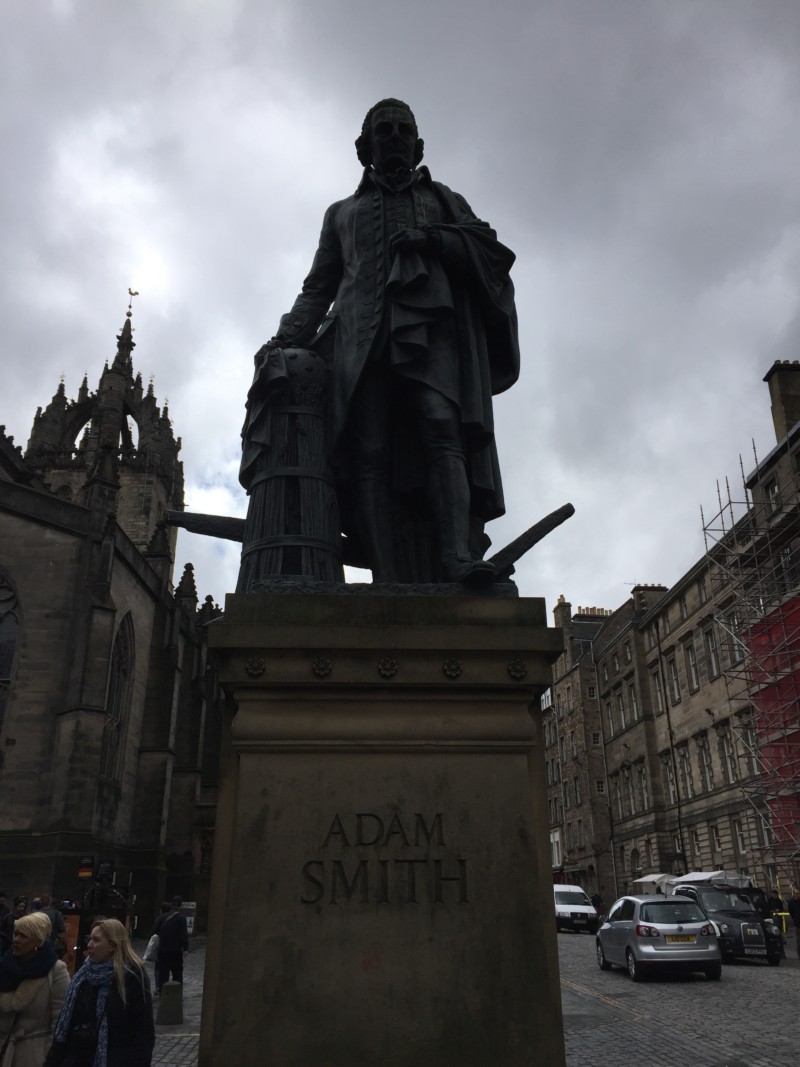
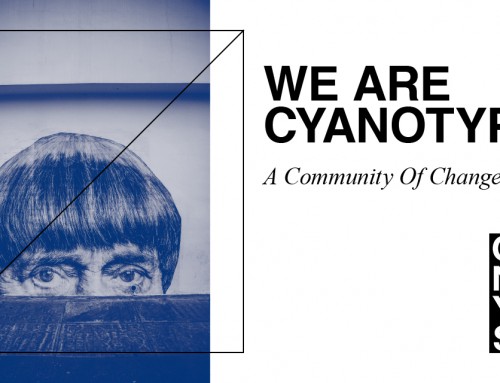
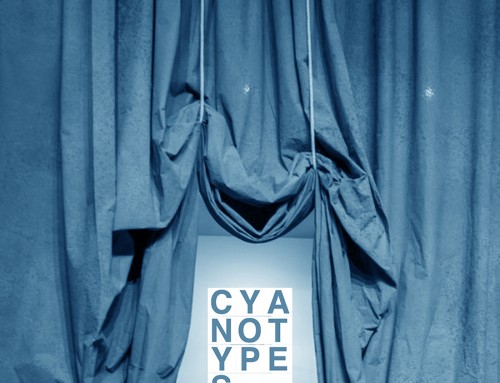
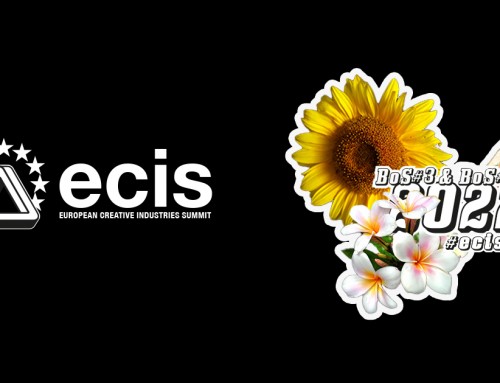
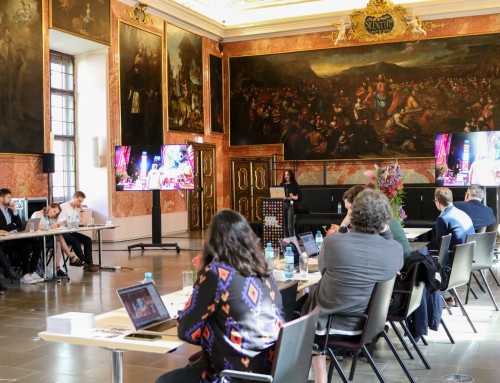
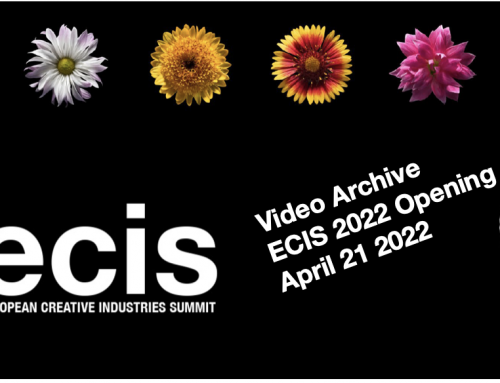
Leave A Comment